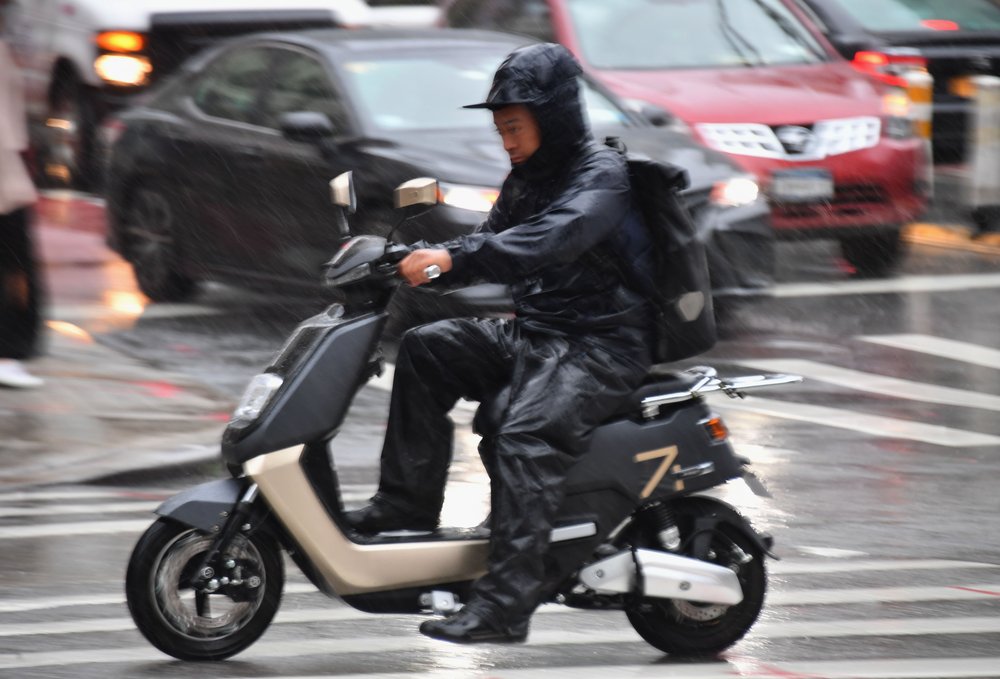NYC moves to allow mopeds on Brooklyn, Queensboro bridges
March 13, 2025, 3 p.m.
A rule change aims to help delivery workers, who are currently legally barred from riding their mopeds on any East River crossing.

Moped riders would be legally authorized to use the roadways on the Brooklyn Bridge and the lower level of the Queensboro Bridge under a rule change proposed by the city transportation department on Thursday.
The two-wheelers are barred from using all the bridges in the city, pushing many moped riders into the crossings’ bike lanes, where they become menaces for cyclists. In moving to allow them onto the roadways, the transportation department wrote a “significant proportion of moped operators are delivery workers” who live in Brooklyn and Queens and have no legal route in or out of Manhattan.
The rule change would only permit registered mopeds with license plates on the bridges, and they’d still be banned from the Manhattan and Williamsburg bridges and the upper level of the Queensboro.
“There are barriers or bridge structures running along the Brooklyn Bridge and the lower roadway of the Ed Koch Queensboro Bridge that help protect riders in the event of a crash,” the DOT explained in its proposal. “The configurations of the Manhattan Bridge, Williamsburg Bridge and the upper roadway of the Ed Koch Queensboro Bridge do not provide the same protections.”
The mopeds using the bridges would be subject to the $4.50 daytime congestion pricing toll imposed on motorcycles. The speed limits on the bridges’ roadways range from 30 to 35 mph — faster than many mopeds can travel — but the DOT proposal notes traffic rarely moves that fast.
Conflicts over space on bike lanes and pedestrian walkways have persisted for years. The city DOT installed a protected bike lane on the roadway of the Brooklyn Bridge in 2021 after pedestrians and cyclists were forced to share its promenade for decades. A bloody 2023 crash on the Manhattan Bridge bike lane injured four e-bike and e-scooter riders, shaking the city’s cycling community.
While the change doesn’t address e-bikes speeding on bridge bike lanes, it does aim to address more powerful mopeds that pose a risk to cyclists.
“New York City’s transportation network is always evolving, and this proposed rule change is about expanding safe, practical options for moped users — especially the thousands of delivery workers and commuters who rely on them daily,” DOT Commissioner Ydanis Rodriguez said in a statement. “For far too long, moped users have had to take longer, inconvenient routes and costly detours, often riding in bike lanes creating an unsafe mixing of modes.”
The use of mopeds, e-bikes and e-scooters has boomed in the city over the last decade through the growth of food delivery services. City officials have for years warned that illegal mopeds without license plates are a danger to pedestrians, cyclists and the moped riders themselves.
‘Inevitable carnage’: Cyclists shaken after bloody scooter crash on Manhattan Bridge